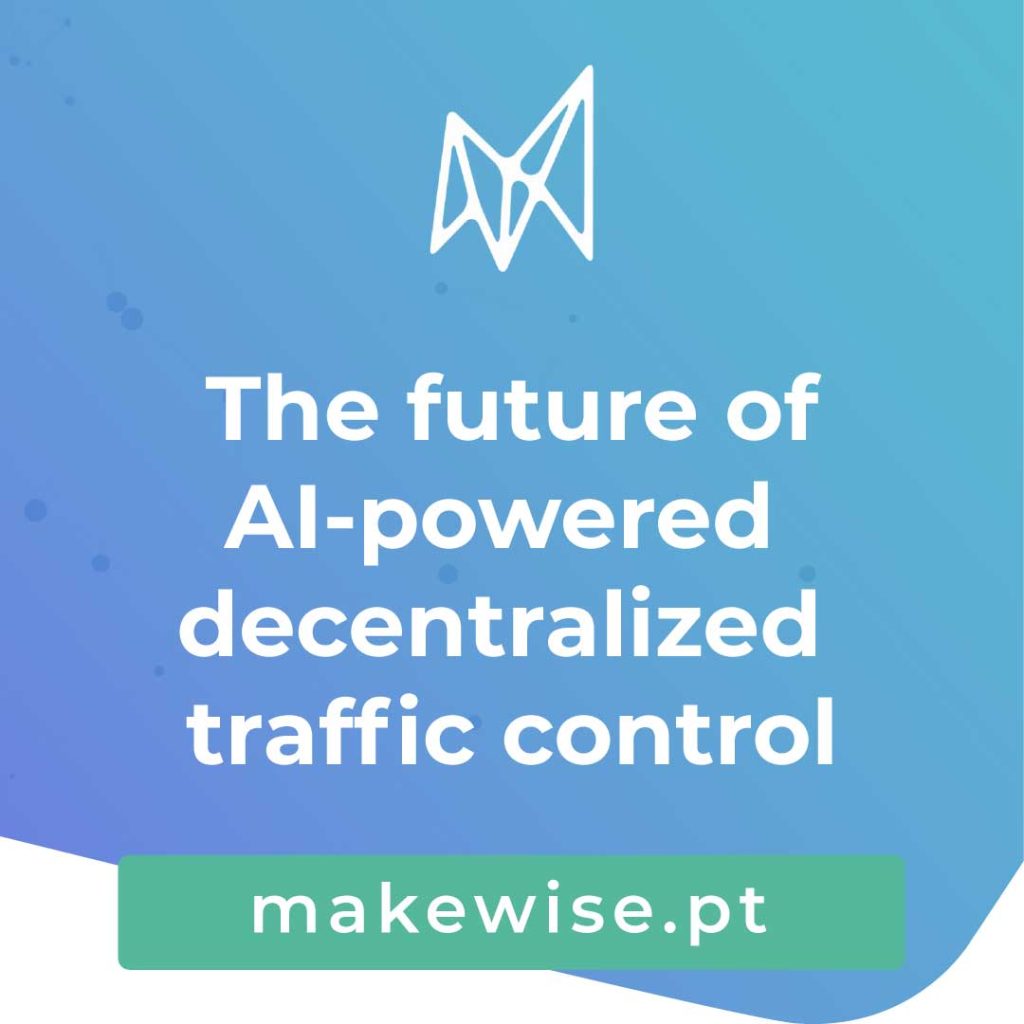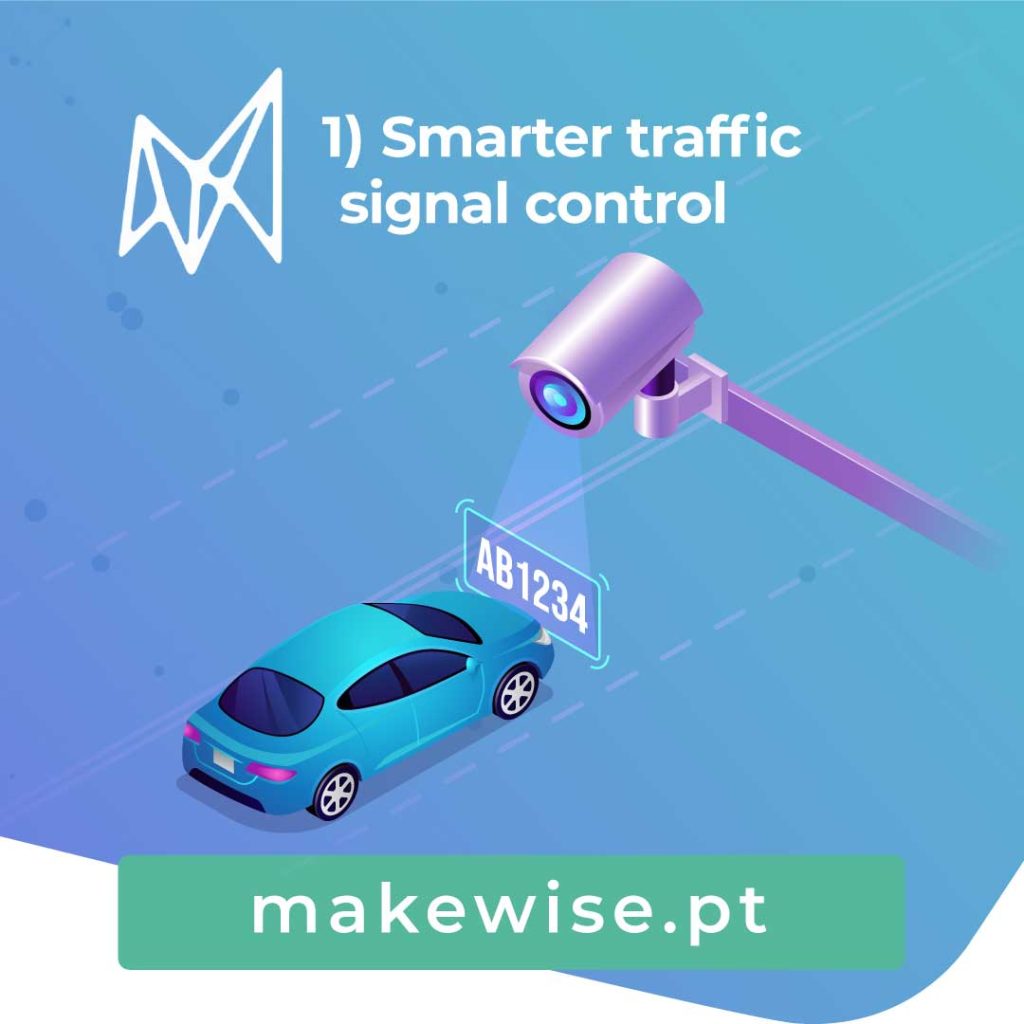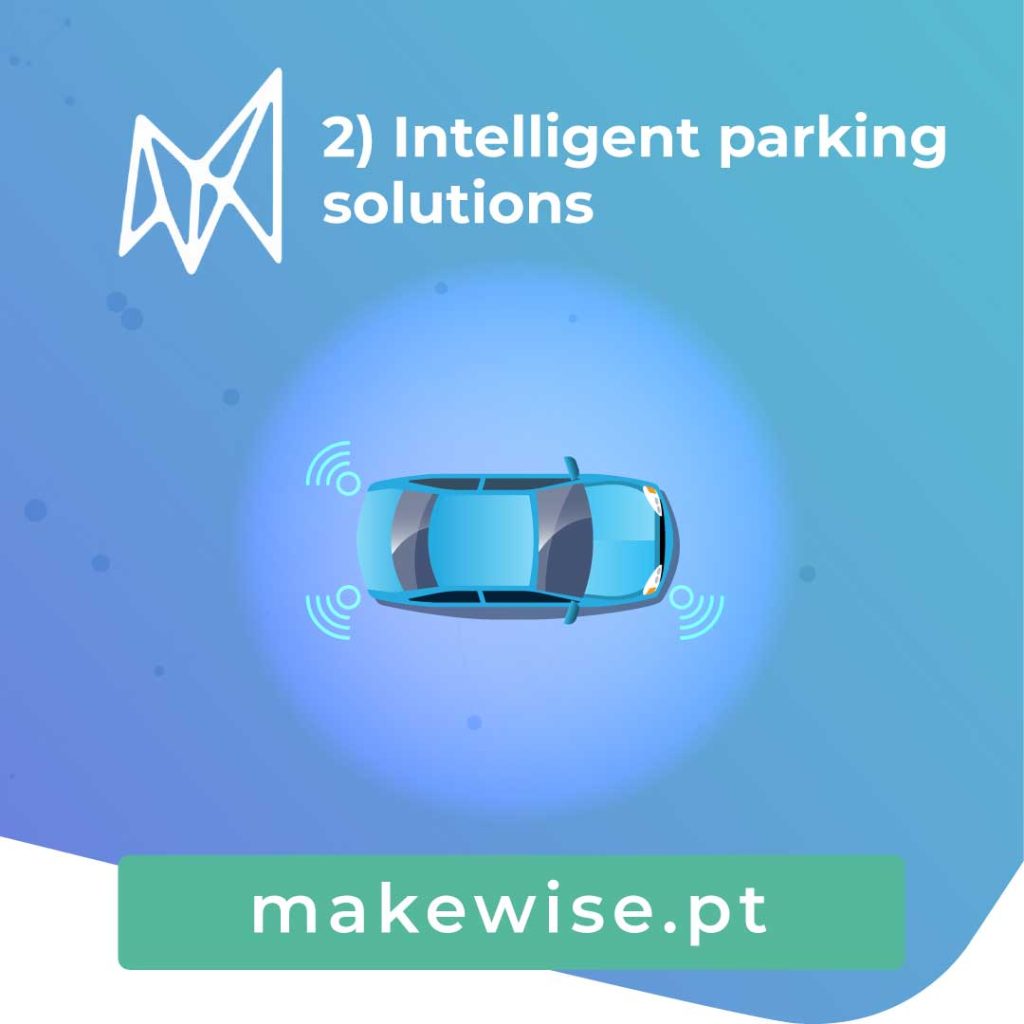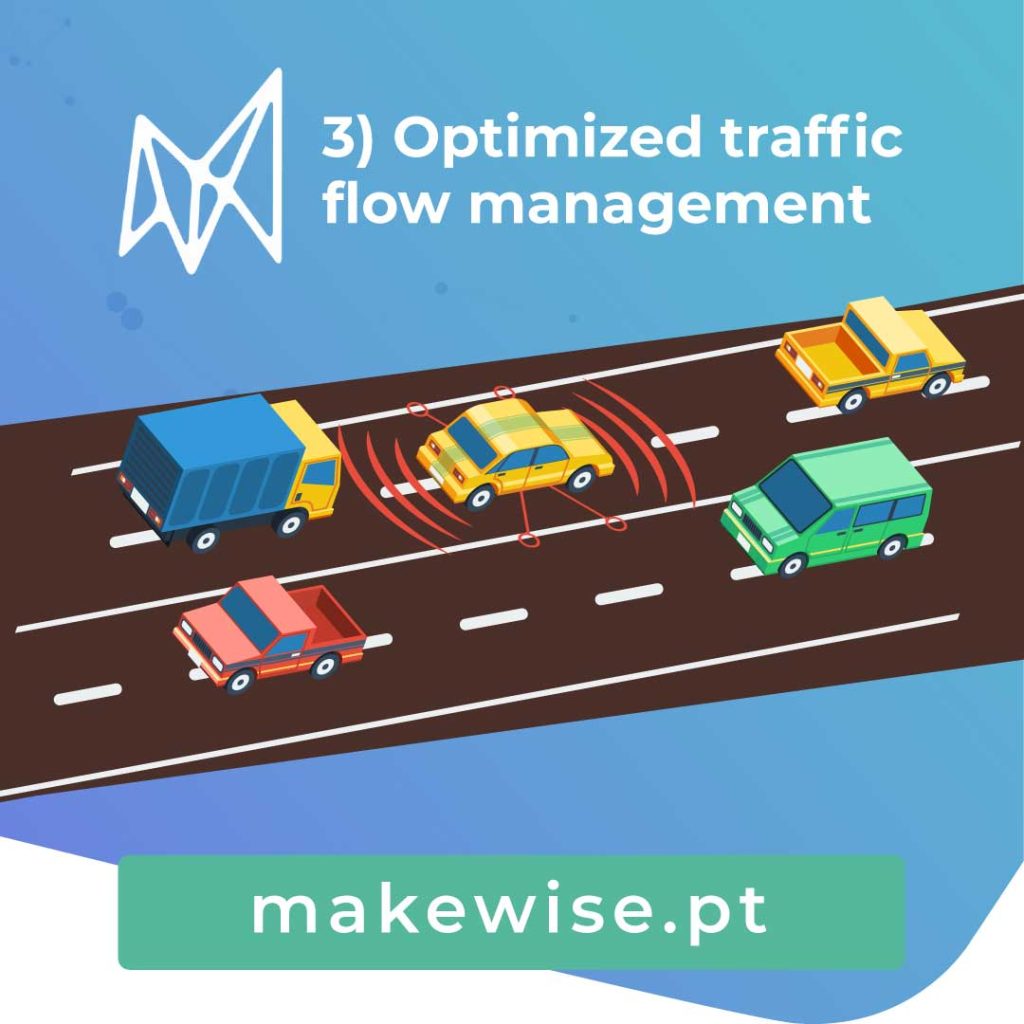Urbanization has led to increased traffic congestion, posing significant challenges to city infrastructure and commuter experiences. Traditional centralized traffic management systems often struggle to adapt swiftly to dynamic traffic conditions, resulting in inefficiencies and delays. The integration of Artificial Intelligence (AI) and Machine Learning (ML) offers a transformative solution, enabling real-time, decentralized traffic control that enhances urban mobility. In this article, we will explore how AI is transforming transportation, its key advantages in traffic systems, and the role of advanced solutions like MakeWise’s AID.Vision in enhancing road safety.
How AI is transforming transportation
AI is revolutionizing transportation by enabling systems to analyze real-time data from various sources—such as traffic flow, weather conditions, and pedestrian activities—to predict and manage traffic dynamics effectively. By deploying AI algorithms on edge devices located at intersections and roadways, traffic signals can autonomously adjust in response to immediate conditions, reducing congestion and improving safety. This localized processing minimizes latency and enhances the system’s responsiveness to changing traffic patterns.
Key advantages of AI in traffic system





The application of AI and ML in Intelligent Transportation Systems (ITS) offers numerous benefits across different domains:
- Smarter traffic signal control: AI-powered traffic signal monitoring utilizes cameras and sensors to assess real-time traffic conditions. Machine learning models predict congestion patterns and optimize signal timings, facilitating smoother traffic flow and reducing wait times at intersections.
- Intelligent parking solutions: AI-driven smart parking systems employ sensors and cameras to provide real-time information on parking availability. By analyzing historical and current data, these systems predict parking space occupancy, guiding drivers to available spots efficiently and reducing traffic caused by parking searches.
- Optimized traffic flow management: License Plate Recognition (LPR) systems enhanced with AI and ML analyze vehicle movements to optimize traffic flow. These systems adjust traffic signals dynamically, reroute vehicles to prevent congestion, and respond promptly to incidents, thereby improving overall road efficiency.
AID.Vision: Advanced incident detection
system employs computer vision and AI to detect various incidents on roadways in real-time, such as:
- Wrong-Way Driving: Identifies vehicles moving against traffic flow.
- Stopped or Slow-Moving Vehicles: Detects vehicles that are stationary or moving unusually slowly.
- Pedestrians or Animals on the Road: Recognizes unauthorized entities on roadways.
Upon detecting such incidents, AID.Vision promptly alerts operation centers, enabling swift responses to potential hazards and enhancing overall traffic safety.
The integration of AI and ML into decentralized, real-time traffic control systems marks a significant advancement in urban transportation. By processing data locally at the edge, these systems offer responsive, efficient, and adaptive traffic management solutions. Innovations like MakeWise’s AID.Vision demonstrate the potential of AI-driven technologies to transform traffic control, leading to safer and more efficient urban mobility.

